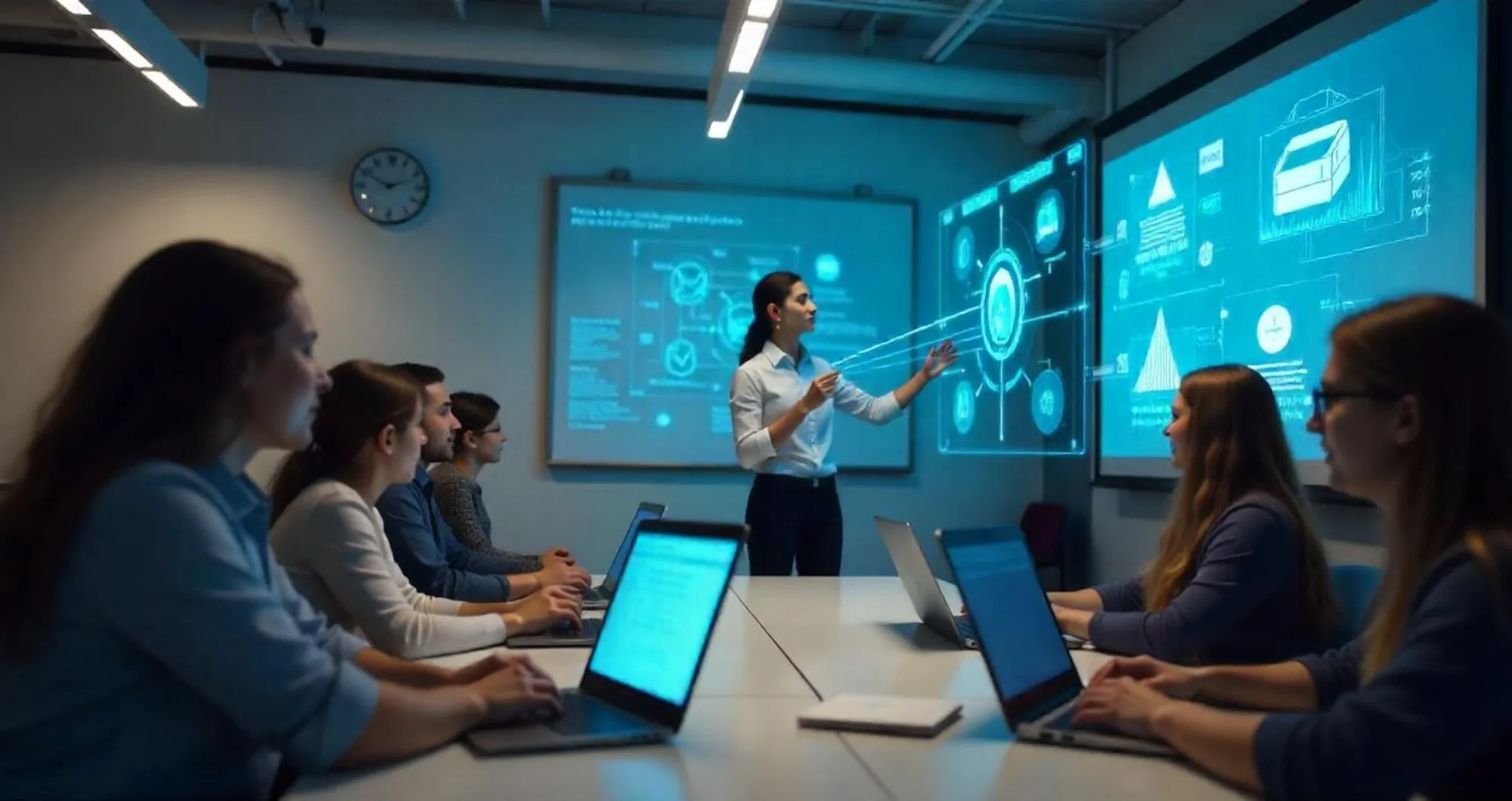Education is evolving at a rapid pace. Gone are the days when classrooms were limited to chalkboards, textbooks, and rows of desks. Today, educational technology (EdTech) is reshaping how students learn and teachers teach. From interactive apps and online courses to virtual reality and AI tutors, technology is bringing new opportunities to the world of education.
This article explores how EdTech is transforming learning, the tools driving this change, its benefits and challenges, and what the future might hold for students, teachers, and institutions alike.
What Is EdTech?
EdTech stands for Educational Technology—the use of digital tools and platforms to enhance learning experiences. It includes software, hardware, online platforms, and artificial intelligence (AI) applications designed to support education across age groups and learning styles.
Examples of EdTech:
- Learning management systems (like Google Classroom, Moodle)
- E-learning platforms (like Coursera, Khan Academy)
- Virtual classrooms and video conferencing tools (like Zoom, Microsoft Teams)
- Educational apps for math, language, science, and more
- Augmented and virtual reality tools for immersive learning
EdTech makes education more accessible, personalised, and engaging.
Benefits of EdTech in Modern Learning
1. Personalised Learning
One of EdTech’s biggest strengths is its ability to tailor lessons to individual needs.
- Adaptive learning platforms adjust content based on student performance.
- Students can learn at their own pace, revisiting topics until they fully understand.
- Teachers get insights through data analytics to support each student better.
2. Increased Accessibility
Technology breaks down barriers for learners everywhere.
- Students in remote areas can access high-quality education online.
- Learners with disabilities can use assistive tools like text-to-speech, subtitles, or custom interfaces.
- Online courses make lifelong learning possible for working adults or parents.
3. Enhanced Engagement
Interactive tools keep students involved and excited about learning.
- Gamification adds points, badges, and rewards to learning tasks.
- Videos, simulations, and quizzes boost interest and retention.
- AR and VR offer immersive experiences in subjects like history, biology, or engineering.
4. Collaboration Beyond the Classroom
EdTech encourages teamwork and communication across the globe.
- Group projects via online platforms promote collaboration.
- Students can interact with peers, experts, and educators from other countries.
- Cloud-based tools allow real-time editing and feedback.
5. Time-Saving Tools for Teachers
EdTech also supports educators by streamlining administrative tasks.
- Automated grading and assignment tracking save time.
- Digital attendance and record-keeping reduce paperwork.
- Teachers can find thousands of resources, lesson plans, and training tools online.
Popular EdTech Tools and Platforms
Here are some of the most widely used tools in education today:
- Google Classroom – For organising assignments and communication
- Kahoot! – For interactive quizzes and games
- Duolingo – For learning languages
- Zoom – For virtual teaching and online classes
- Coursera, edX, and Udemy – For college-level courses and skill development
- Quizlet – For digital flashcards and study tools
- Nearpod – For engaging, interactive presentations
These platforms have become central to learning during and after the COVID-19 pandemic.
Challenges of EdTech
While EdTech has many benefits, it also faces some challenges.
1. Digital Divide
Not all students have equal access to technology.
- Lack of internet or devices can prevent participation.
- Rural and low-income communities often face connectivity issues.
- Schools must address infrastructure gaps to ensure fair access.
2. Screen Fatigue and Overload
Too much screen time can affect concentration, health, and mental well-being.
- Long hours online may lead to digital fatigue.
- Students may become distracted or overwhelmed.
- It’s important to balance tech use with offline activities.
3. Quality Control and Content Accuracy
With so many tools available, not all EdTech content is high quality.
- Some platforms may offer outdated or inaccurate information.
- Schools and educators must evaluate resources carefully.
4. Data Privacy and Security
EdTech tools collect large amounts of student data.
- Protecting this data is crucial.
- Schools and tech providers must follow strict privacy guidelines.
5. Teacher Training and Support
Not all educators are comfortable with new technology.
- Teachers need regular training to effectively use digital tools.
- Support and professional development are essential for successful adoption.
The Role of Artificial Intelligence in Education
AI is one of the most exciting developments in EdTech.
- AI tutors can answer student questions and guide them through lessons.
- Predictive analytics help identify students at risk of falling behind.
- Smart content adapts to individual learning styles and preferences.
For example, platforms like Socratic by Google and Quizizz use AI to personalise content and feedback.
Virtual and Augmented Reality in the Classroom
Immersive technologies like VR and AR are transforming how students experience learning.
- VR allows students to explore outer space, ancient civilizations, or the human body.
- AR brings static content to life with interactive layers.
These tools make abstract concepts more understandable and memorable.
The Future of EdTech: What’s Next?
EdTech will continue to evolve. Here are some trends shaping the future:
1. Hybrid Learning Models
Blending in-person and online education offers flexibility and access.
- Students learn in a mix of classroom and digital environments.
- Hybrid models support different learning styles and schedules.
2. Microlearning and Bite-Sized Content
Short, focused lessons improve retention.
- Learners can consume content in small, manageable chunks.
- Ideal for busy professionals or younger students.
3. Blockchain in Education
Blockchain could change how academic records are stored and shared.
- Secure, tamper-proof certificates and transcripts
- Easier global recognition of credentials
4. Global Classrooms
Students from different countries can learn together through digital platforms.
- Greater cultural exchange
- Real-world collaboration
5. Gamified Learning Environments
Games and challenges will continue to grow in popularity.
- Motivation through points, rewards, and levels
- Increased engagement and participation
How to Prepare for the Future of Education
For Students:
- Embrace digital tools and develop tech literacy
- Practice self-directed learning and time management
- Stay curious and open to new formats
For Teachers:
- Invest in ongoing tech training and development
- Use data to inform instruction
- Encourage creativity, collaboration, and critical thinking
For Schools and Institutions:
- Ensure equitable access to devices and the internet
- Develop clear digital policies and safety protocols
- Collaborate with EdTech providers to create tailored solutions
Conclusion
EdTech is more than just a trend—it’s a transformation. It opens doors to flexible, engaging, and personalised education that goes beyond classroom walls. While challenges remain, the future of learning is full of promise, driven by innovation, connectivity, and a shared goal of making education better for all.
As students, teachers, and communities adapt to this new era, embracing EdTech with the right mindset and tools will ensure that education continues to grow, empower, and inspire in every corner of the world.








